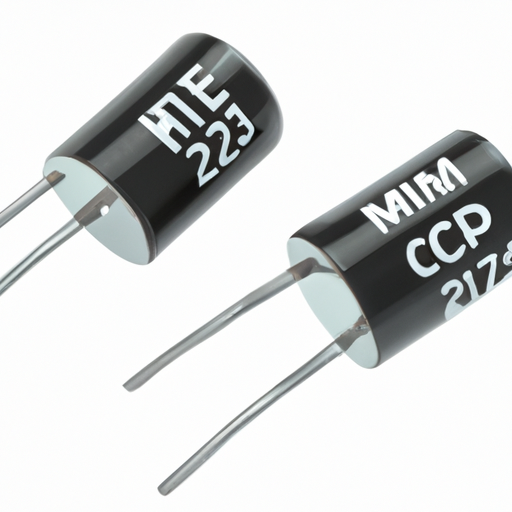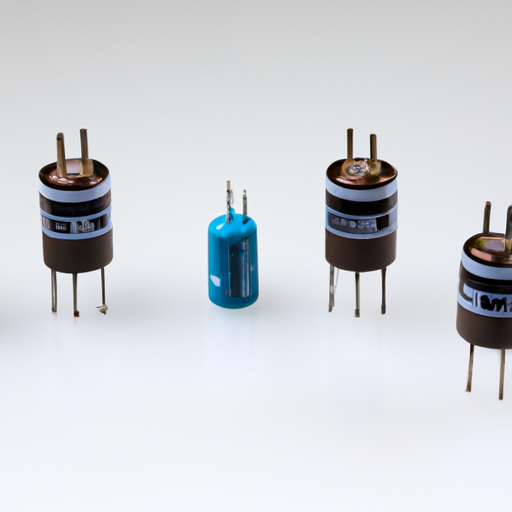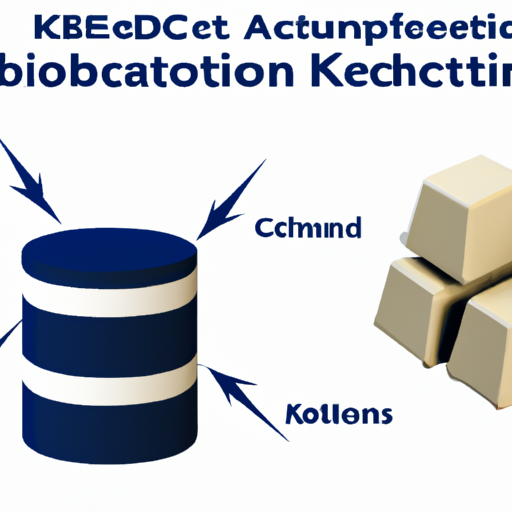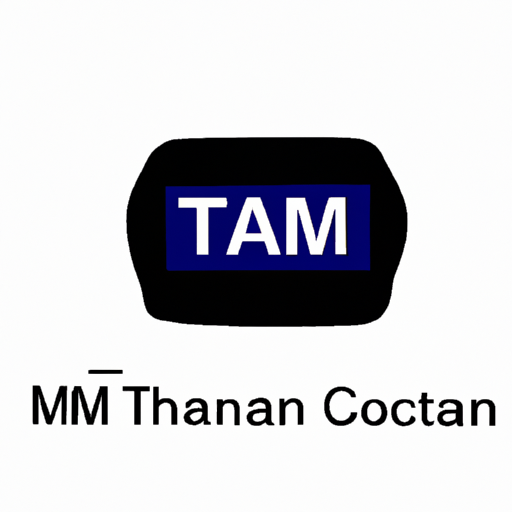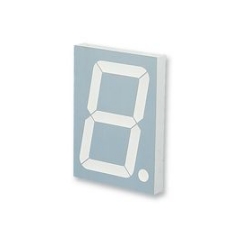CFR-25JB-52-1M1 Mica and PTFE Capacitors highlighting the core functional technology articles and application development cases of Mica and PTFE Capacitors that are effective.
Mica and PTFE Capacitors: Core Functional Technologies and Application Development Cases
Mica and PTFE (Polytetrafluoroethylene) capacitors are specialized electronic components known for their unique properties, making them essential in various high-performance applications. Below, we delve into the core functional technologies, advantages, and notable application development cases for both types of capacitors.
Core Functional Technologies
Mica Capacitors 1. **Dielectric Properties**: Mica capacitors utilize natural mica as a dielectric material, which offers exceptional stability, low loss, and high insulation resistance. This results in minimal capacitance drift over time, even under varying environmental conditions.
2. High Voltage Ratings: These capacitors can handle high voltages, making them ideal for applications in power electronics, RF circuits, and other high-voltage environments.
3. Low Temperature Coefficient: Mica exhibits a very low temperature coefficient, ensuring that capacitance values remain stable across a wide temperature range, which is critical for precision applications.
4. Mechanical Stability: Mica capacitors are robust and can endure mechanical stress, making them suitable for demanding environments, including aerospace and military applications.
PTFE Capacitors 1. **Chemical Resistance**: PTFE capacitors are highly resistant to a wide range of chemicals and solvents, making them suitable for use in harsh environments, including industrial and medical applications.
2. Low Loss Factor: PTFE has a low dissipation factor, allowing these capacitors to perform well in high-frequency applications with minimal energy loss, which is crucial for maintaining signal integrity.
3. Wide Temperature Range: PTFE capacitors can operate effectively over a broad temperature range, from cryogenic conditions to high heat, making them versatile for various applications.
4. Self-Healing Properties: PTFE capacitors exhibit self-healing characteristics, which enhance their reliability and longevity by automatically repairing minor dielectric failures.
Application Development Cases
Mica Capacitors 1. **RF and Microwave Applications**: Mica capacitors are extensively used in RF amplifiers, oscillators, and filters due to their stability and low loss characteristics. For example, in telecommunications, they are critical in high-frequency circuits where precision and reliability are paramount.
2. Power Electronics: In power supply circuits, mica capacitors are employed in snubber circuits and energy storage applications, where high voltage handling and reliability are essential. Their ability to maintain performance under stress makes them ideal for these applications.
3. Aerospace and Defense: Mica capacitors are utilized in aerospace applications for their ability to withstand extreme conditions, such as high radiation and temperature variations, ensuring reliable performance in critical systems like avionics and missile guidance.
PTFE Capacitors 1. **Medical Devices**: PTFE capacitors are used in medical equipment due to their biocompatibility and resistance to sterilization processes. They are found in devices like MRI machines, surgical instruments, and other critical medical applications where reliability and safety are paramount.
2. Industrial Automation: In industrial settings, PTFE capacitors are employed in sensors and control systems that require high reliability and resistance to harsh chemicals. Their durability makes them suitable for environments with exposure to corrosive substances.
3. Telecommunications: PTFE capacitors are utilized in high-frequency communication systems, such as satellite communications and broadband applications, where low loss and high stability are crucial for maintaining signal quality and performance.
Conclusion
Mica and PTFE capacitors each offer distinct advantages that make them suitable for specific applications across various industries. Mica capacitors excel in high-frequency and high-voltage applications, while PTFE capacitors are preferred for their chemical resistance and low loss characteristics. Understanding these technologies and their applications enables engineers and designers to select the appropriate capacitor for their specific needs, ensuring optimal performance and reliability in electronic systems. As technology continues to advance, the demand for these specialized capacitors is likely to grow, further driving innovation in their design and application.

